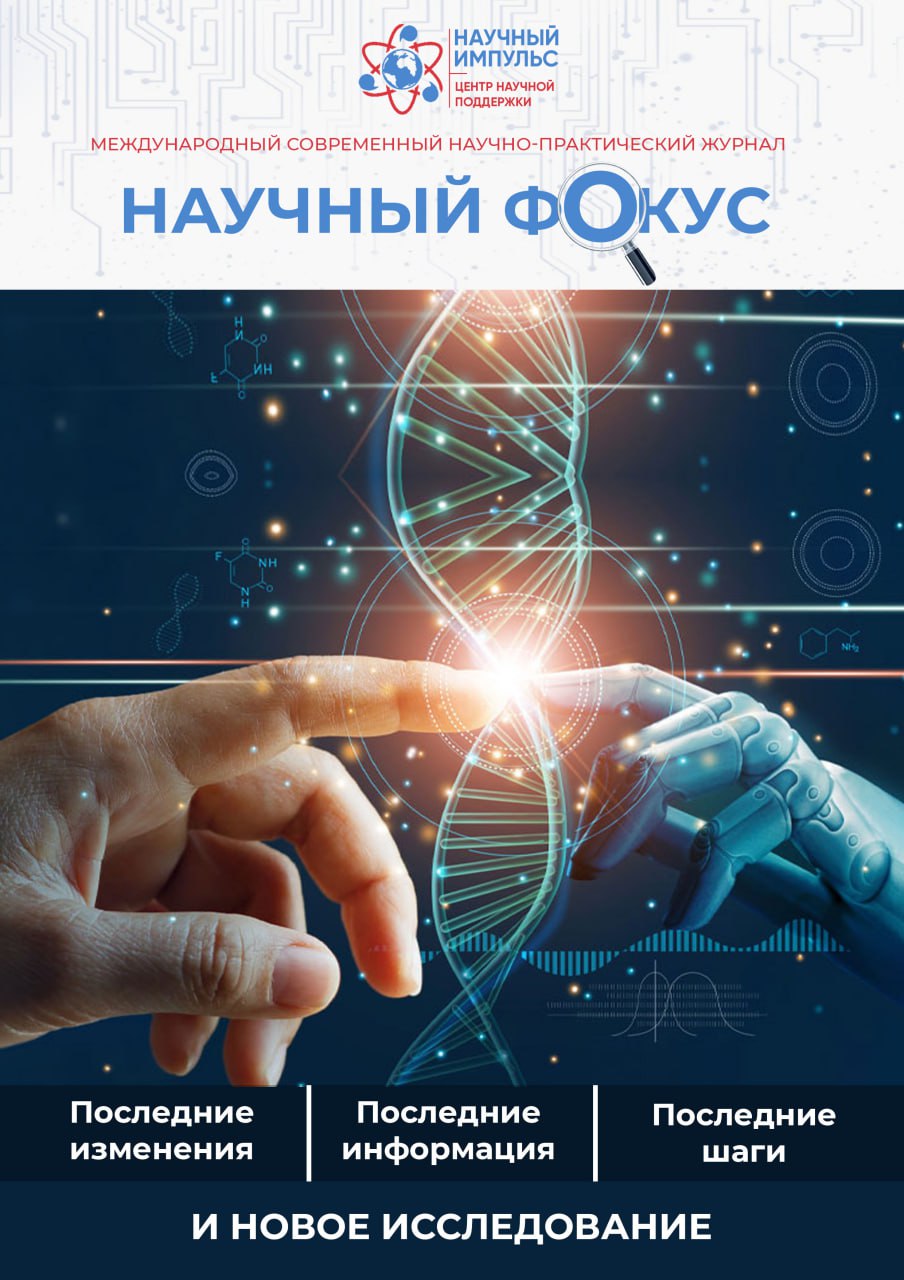ANTHROPOMORPHIC METAPHOR IN LINGUISTIC REPRESENTATION OF THE ENGLISH, RUSSIAN, AND UZBEK LANGUAGE.
Ключевые слова:
anthropomorphic metaphor, personification, culture, language, description, phenomena, individuality.Аннотация
The purpose of this article is to study anthropomorphic metaphors in English, Russian and Uzbek languages. The main reason we chose this topic is that we think everyone is interested in the influence of cultures on languages and how people in different societies describe the same thing in different ways. We aim to consider anthropomorphic metaphors - ways of expressing the individuality given to non-human and non-animal things, from plants to inanimate objects and phenomena.
Библиографические ссылки
Моисеева В.Л. Безличные глагольные предикаты состояния лица в русской языковой картине мира: антореф. лис. … канд. филол. наук. –СПб.: СПбГУ, 1988. –147с.
Овсянникова В.В. Антропоморфные метафоры в геологическом дискурсе // Язык и культура. 2010. № 1. С. 48-57
Khudaiberganova, D.S. Anthropomorphism interpretation of literary texts in Uzbek: Doctoral dissertation abstract. – T., 2015. P. 18.
Chudinov, A.P. Dynamics of models of conceptual metaphors // Speaking and listening: Language learning, text, problems of education. SPb., 2001.
Горбачевич К.С. Большой академический словарь русского языка. –М.; СПб.: Наука, 2006.—693 с.
Грицанов А.А. Новейший философский словарь.— Мн.: Изд. В.М. Скакун, 1998. - 896 с.
Sirojidinova, D. (2022). MULOQOT–SHAXSLARARO AXBOROT ALMASHINUV JARAYONI. Journal of Integrated Education and Research, 1(5), 335-337

